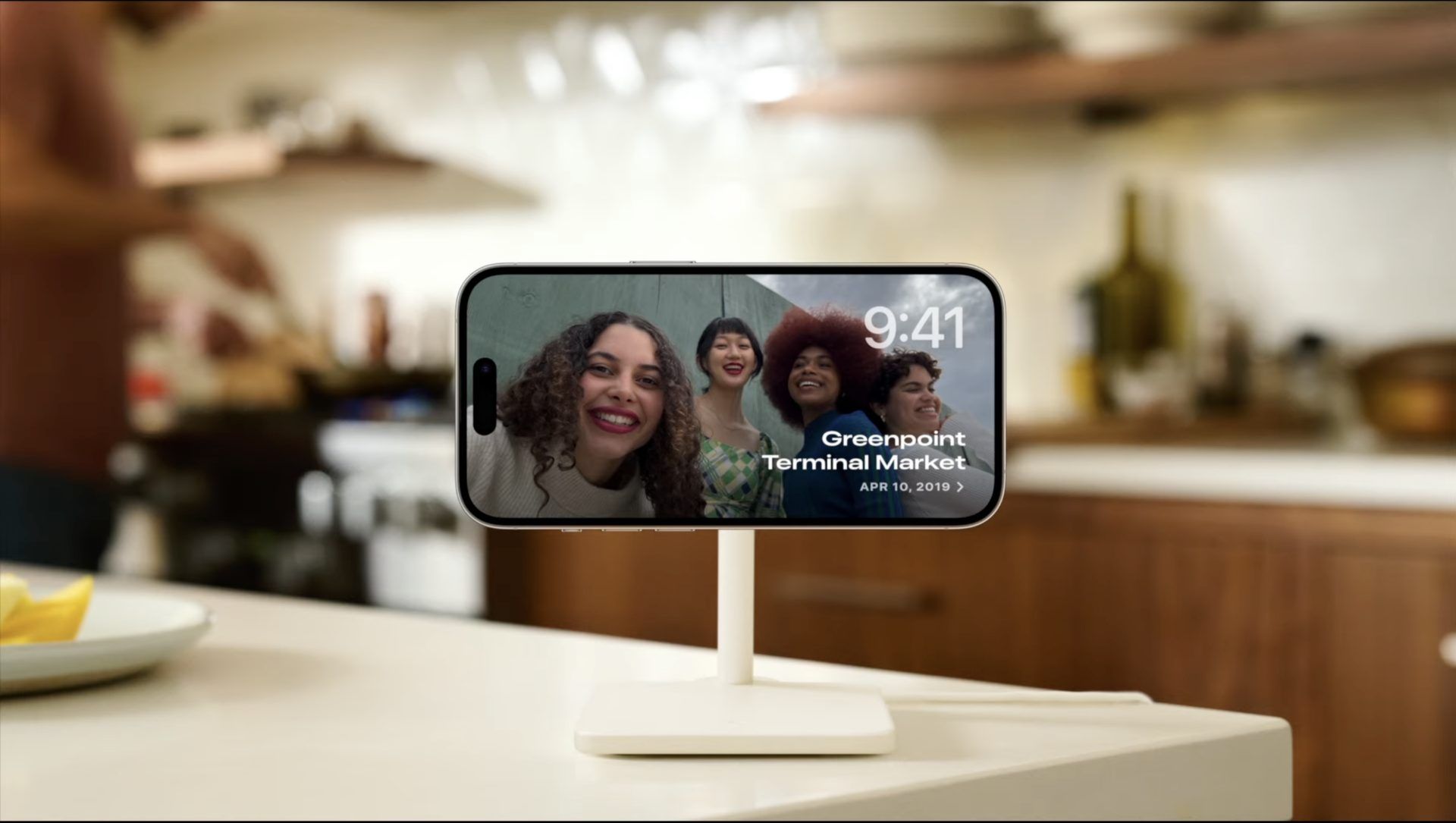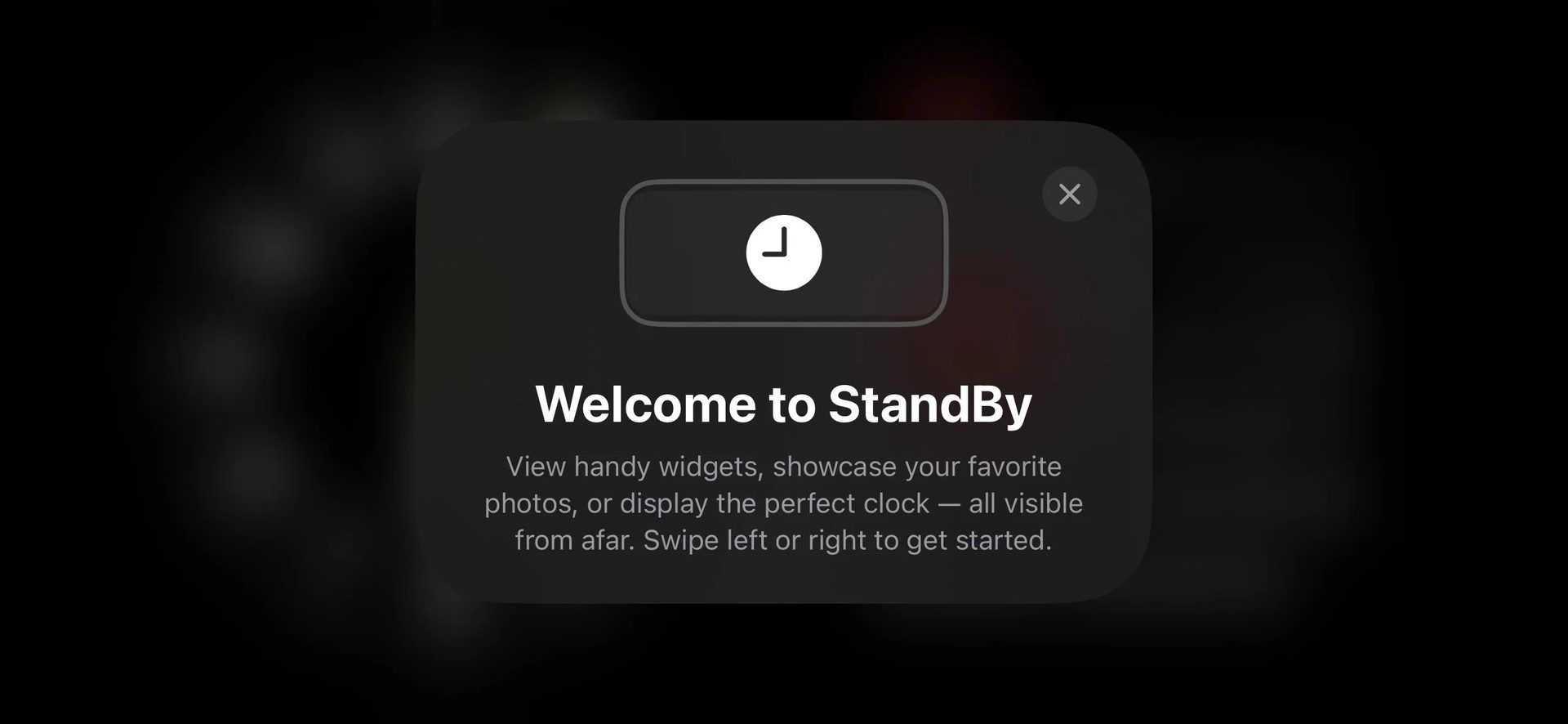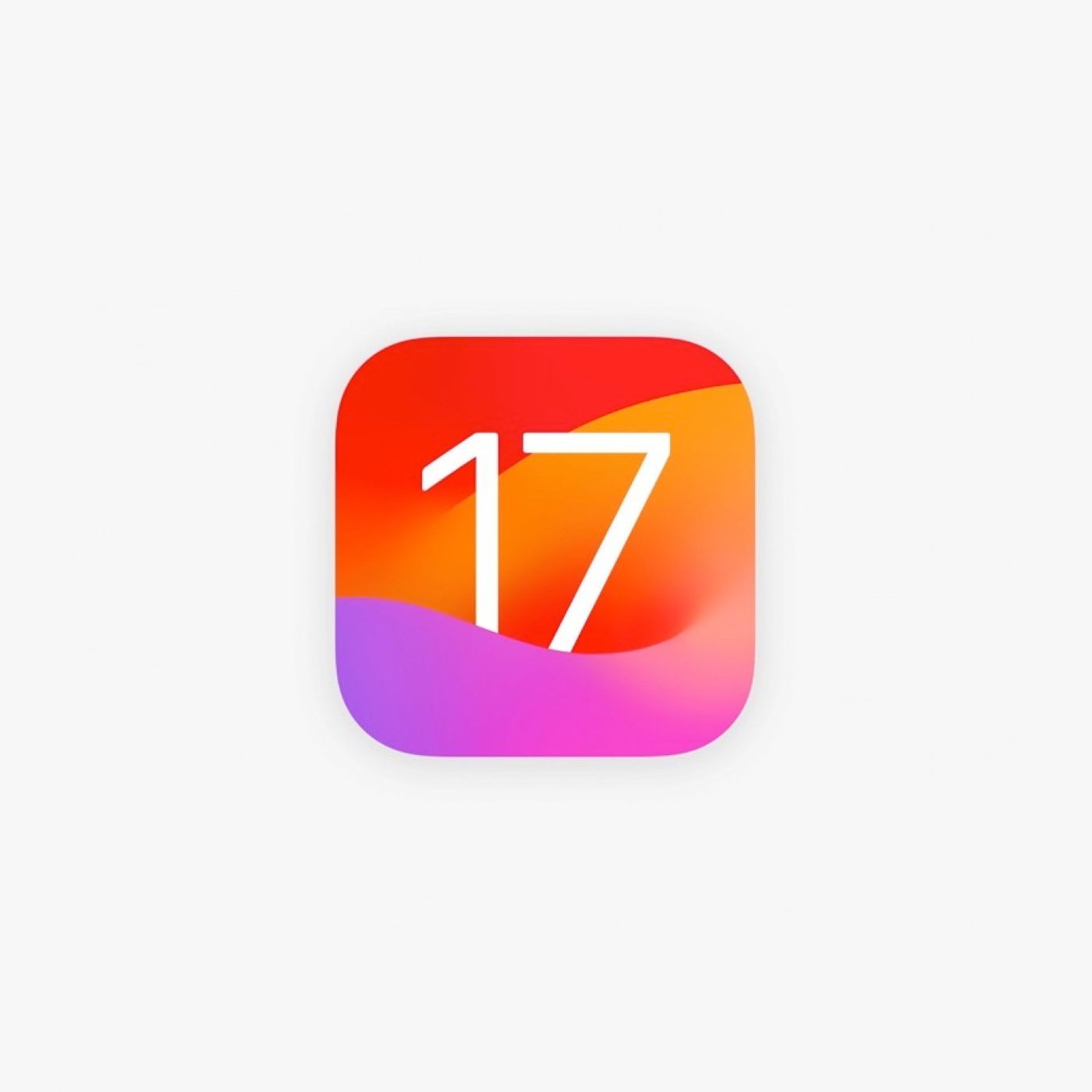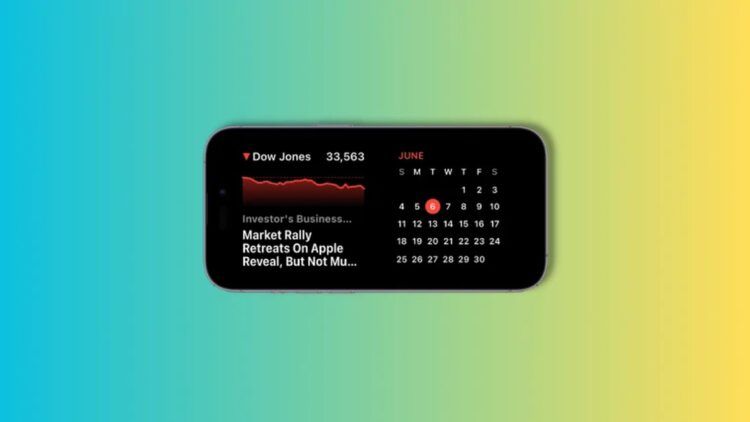With this article, you can learn how to fix iOS 17 Standby not working easily.
iOS 17 introduced a new feature called Standby, which allows your iPhone to save battery life by dimming the screen and disabling notifications when you’re not using it. However, some users have reported that Standby is not working properly on their devices.

How to fix iOS 17 Standby not working?
Here are a few things you can try if Standby is not working on your iPhone:
- Check your settings: Make sure that Standby is enabled in the Settings app. Go to Settings > Standby and make sure that the toggle switch is turned on.
- Restart your iPhone: Sometimes, a simple restart can fix minor software issues. To restart your iPhone, hold down the power button and the home button at the same time until you see the Apple logo appear.
- Update your iPhone to the latest version of iOS: Apple often releases software updates that fix bugs and improve performance. If you’re not running the latest version of iOS, you may be able to fix the Standby issue by updating your device. To check for updates, go to Settings > General > Software Update.
- Restore your iPhone: If you’ve tried all of the above and Standby is still not working, you may need to restore your iPhone to factory settings. This will erase all of your data, so make sure you back up your device before you do this. To restore your iPhone, go to Settings > General > Reset > Erase All Content and Settings.
Here are some additional tips for troubleshooting Standby:
- Make sure that your iPhone is not in Low Power Mode. Low Power Mode disables Standby.
- Close any apps that you’re not using. Apps that are running in the background can consume battery life, which can interfere with Standby.
- Turn off features that you don’t need. Features like Bluetooth, Wi-Fi, and GPS can consume battery life, which can interfere with Standby.
- Place your iPhone in a cool environment. Heat can also cause battery drain, which can interfere with Standby.

If you’ve tried all of the above and Standby is still not working, you may need to contact Apple support for help.
However, Standby is not the only feature that comes with iOS 17.
New iOS 17 features
iOS 17 has a handful of minor improvements but nothing that immediately stands out as a major breakthrough. Nonetheless, many of the updates promise to be immensely useful, and in classic Apple form, many of the new features work seamlessly with one another across devices. What’s new in iOS 17? Let’s take a look:
- Live Voicemail
- Contact Posters
- FaceTime
- Journal
- Check-in
- Standby
- Keyboard and iMessage
- Stickers
- Siri
- Apple Maps
- Airdrop
Do you want to learn more? If so, visit the article in which we explained the new iOS 17 features.
If you’re not sure if your iPhone supports iOS 17, continue reading.

iOS 17: Supported devices
These are the mobile devices that support iOS 17:
- iPhone 14
- iPhone 14 Plus
- iPhone 14 Pro
- iPhone 14 Pro Max
- iPhone 13
- iPhone 13 mini
- iPhone 13 Pro
- iPhone 13 Pro Max
- iPhone 12
- iPhone 12 mini
- iPhone 12 Pro
- iPhone 12 Pro Max
- iPhone 11
- iPhone 11 Pro
- iPhone 11 Pro Max
- iPhone XS
- iPhone XS Max
- iPhone XR
- iPhone SE(2nd gen or later)
iOS 17: Release date
Although iOS 17 was introduced and shown seen at WWDC 2023 on June 5, it won’t be made available to iPhone users worldwide until the autumn, most likely in mid-September. (iOS 5 in October 2011 was the last iOS upgrade to be published outside of September.) It will probably happen soon after the debut of the iPhone 15’s successor.
In 2022, there were five days between the release of the iPhone 14 and the iOS 16 upgrade, compared to six days in 2021. The release of a new iOS version has been pretty regular throughout the previous few years:
- iOS 16: September 12, 2022, Monday
- iOS 15: September 20, 2021, Monday
- iOS 14: September 16, 2020, Wednesday
- iOS 12: September 17, 2018, Monday
- iOS 13: September 19, 2019, Thursday
As a result, we anticipate that iOS 17 will be released on September 11, 2023.





